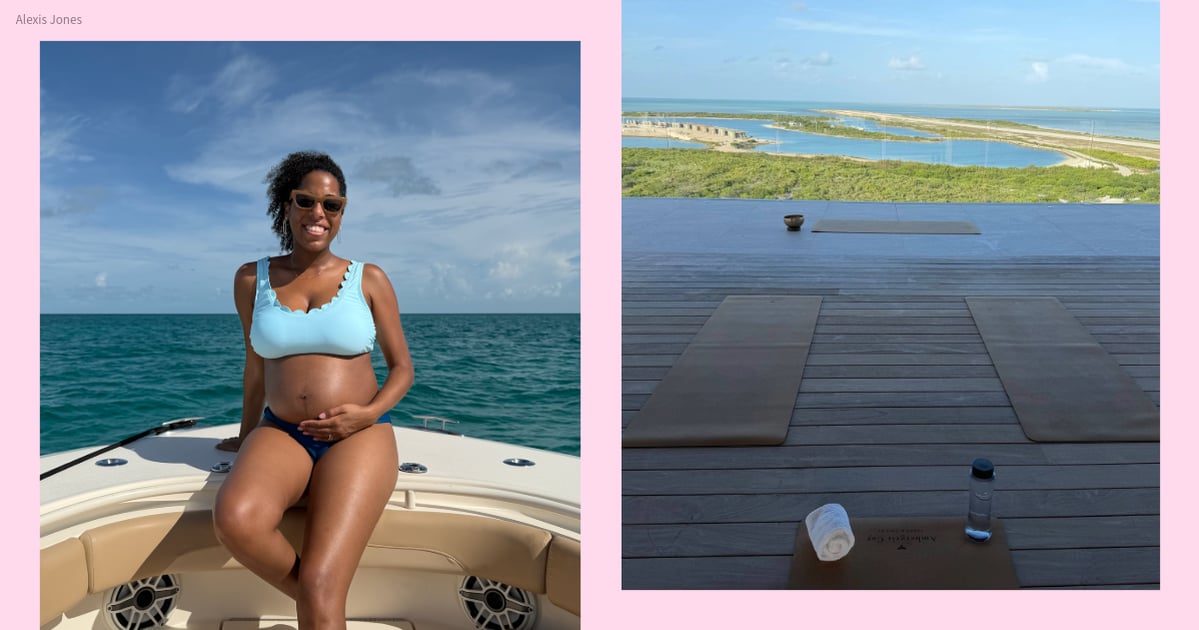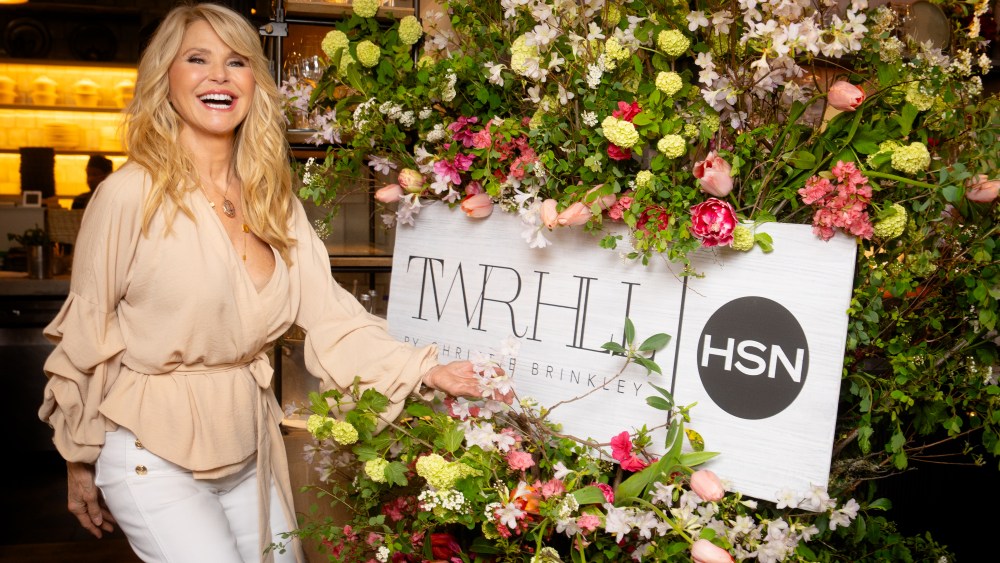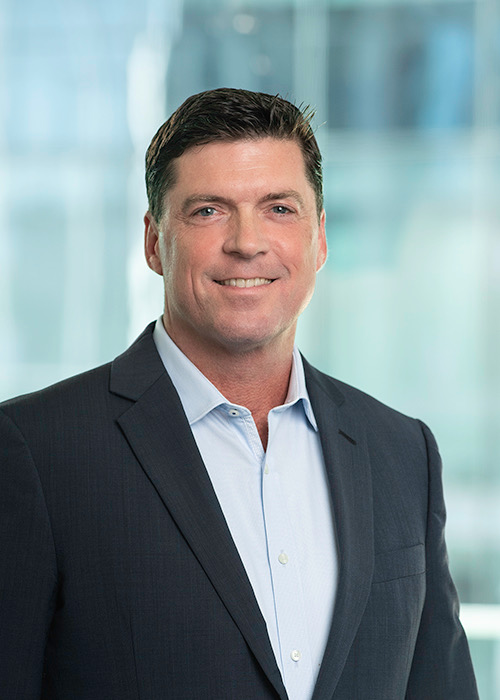Rory McIlroy is on a roll, winning both the Pebble Beach Pro-Am and the Players Championship and heading into The Masters in early April, the only major tournament he has yet to win to capture a career Grand Slam.
Scottie Scheffler, the world’s top-ranked player, is struggling this season after slicing his hand open making ravioli for Christmas dinner, and Tiger Woods just tore his Achilles tendon and had to undergo another surgery.
Yes, it’s officially golf season and with courses in the Northeast just starting to reopen after a cold winter, enthusiasts are eagerly waiting to hit the links for another season in the sun.
But the players are not the only ones chomping at the bit. The PGA Tour Superstore is also ready to welcome golfers and golf fans into the fold.
You May Also Like
The retailer just opened its 75th store in Grand Rapids, Mich., a 35,000-square-foot mecca to the sport with an indoor putting green, lessons from certified professionals, custom club-making and repair services and a wide assortment of apparel, footwear and equipment from all the top brands.
As Jill Thomas, chief marketing officer for PGA Tour Superstore, described it: “It’s a Disneyworld for golfers.”
The business traces its roots to Martin’s Golf & Tennis Superstore in Myrtle Beach, S.C., in the late 1960s. That store, according to Thomas, served as a “beacon” for golfers heading to the area to play its myriad courses. “When you got to Martin’s, you knew you’d made it,” she said.
In 2004, a group of investors acquired Martin’s and rebranded it the PGA Tour Superstore after acquiring a license in perpetuity from the Professional Golfers Association, Thomas said. In 2010, Arthur M. Blank, the cofounder of Home Depot, acquired the company and added it to his AMB Sports & Entertainment business, which includes the Atlanta Falcons, Atlanta United Soccer Club, Mercedes-Benz Stadium Atlanta Drive Golf Club and other companies. The PGA also retained an ownership stake, she said.
Today, PGA Tour Superstore’s brick-and-mortar presence spans more than half the U.S. and the company also operates an e-commerce business that ships globally. While the private company would not provide a volume figure, industry sources put its sales at over $600 million, and this year, Thomas said, the plan is to add another seven stores to the fleet.
With golf “having a moment,” as Thomas described it, and the fact that the stores also carry product for tennis and the new hot sport of pickleball, it’s no surprise the retailer is in expansion mode.
According to the National Golf Foundation, 28.1 million Americans played the game on a course in 2024, the highest number since 2008. Of that count, 28 percent were female and 25 percent were Black, Asian or Hispanic, also the highest numbers recorded in those categories.
To serve such a diverse customer base, PGA Superstore sells about 50 percent hardgoods and 50 percent softgoods and offers product targeted to everyone from “the avid golfer to the newcomer,” she said. In equipment, the stores carry everything from entry-level package sets to custom studio-fit clubs with exotic shafts. All the major brands are represented: Ping TaylorMade, Callaway, Cobra, Titleist, Srixon and other smaller manufacturers.
In apparel, men’s brands run the gamut from the sports giants such as Adidas, Puma and Nike to popular newer brands including Bad Birdie, B. Draddy, Bogey Boys, Chubbies, Eastside Golf, Greyson, Johnnie-O, TravisMathew, Polo Golf and Peter Millar. There’s also PGA Tour brand, which offers a more-affordable alternative to some of the bigger players.

“You see so many individual expressions today,” Thomas said, adding that PGA Tour Superstore “serves a wide audience. Golf is for everyone, and inclusion is our competitive advantage.”
For women, popular brands include TravisMathew, Lilly Pulitzer, J.Lindeberg, Le Lis and Barstool Sports. “We serve the female customer better than anyone,” Thomas boasted, pointing to the selection of brands, sizes and styles offered.
In footwear, in addition to the usual suspects — Adidas, Nike, Footjoy and Under Armour — the golf version of styles such as the Samba and Gazelle, which she referred to as “course to street” models, are “really hot now.”
Although most customers play the game, the stores also serve the spectators. “Golf as a lifestyle is very popular whether you play or watch,” she said. “We’re seeing younger women and men coming in for apparel with different silhouettes.” For women, they’re often opting for skirts and tops that “may not be the best for golf, but they look cute,” she said with a laugh.
The stores generally range in size between 25,000 and 45,000 square feet, with most averaging around 35,000 square feet. “That’s the right size for us,” she said, adding that experiences are a key component of the company’s success.
While many are in resort communities, others are located in high-traffic spots such as Paramus, N.J., Chicago or Dallas. “Every town is a golf town today,” she said. Among the new additions on tap for this year are Louisville, Ky.; Norwalk, Conn.; Cherry Hill, N.J.; Woodbury, Minn., and a couple more in the Southeast.

But PGA Tour Superstore is not without competition. Thomas said any retailer that sells golf equipment or apparel is a competitor, although Golf Galaxy, which is owned by Dick’s Sporting Goods, is perhaps the closest rival. However, the “non-traditional” stores that sell golf product, such as Target or Costco, or athleisure brands such as Vuori that are popular with golfers, also chip away at sales. “It’s a great sign for golf and an interesting challenge for us,” she said.
One way to cut through is with marketing. Thomas said when she joined PGA Tour Superstore five years ago, the company marketed almost exclusively to the avid male traditional golfer. Now it targets a younger, more-diverse audience. “The day we run a TV spot on Bravo will be the happiest day of my life,” she said. “And we’re getting close to that.”
She said the core golfer still represents the majority of the business, “but we want to be welcoming and inclusive.” That includes offering merchandise tied to the other golf leagues including LIV Golf and TGL. Although LIV, the upstart league financed by the Public Investment Fund of Saudi Arabia, lured some of the game’s most popular players including Brooks Koepka, Jon Rahm and Phil Mickelson with its enormous paychecks, the PGA has been searching for a way the two can work together.
And the PGA Tour Superstores are also the official retail partner for TGL, a PGA-approved league formed by sports executive Mike McCarley, along with Woods and McIlroy, that combines traditional play and simulated indoor golf.
“We are a PGA Tour-affiliated brand but we are fans of golf and we’re loyal, but we’re not limited,” she said.
The stores’ association with the PGA itself is also an advantage, she said. The primary operator of professional golf tournaments in North America is not involved in merchandising at all, which is where the PGA Tour Superstore comes in, Thomas said. “We help them. Where we are the experts, they lean into us and we lean into them when it comes to the golfers.”
Although the retailer doesn’t directly sponsor any athletes, it partners with its vendors and the PGA to gain access to the players. If that changes in the future, she said, “we would probably focus on women athletes or juniors — they need the support more.”



